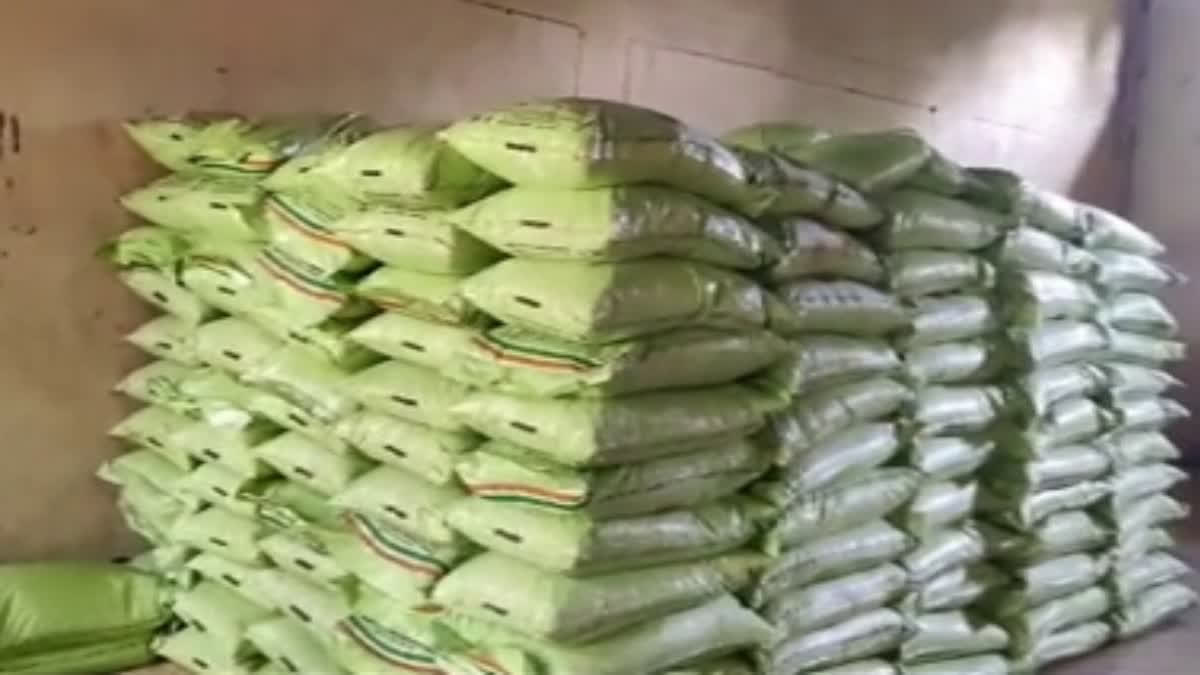New Delhi: Despite the indigenous production of fertilizers, India is still dependent on the import of urea especially from China. “The indigenous production of fertilizers is not commensurate with the requirement in the country and the gap is fulfilled through imports,” said Minister of State for Chemical and Fertilizer, Anupriya Patel in the Lok Sabha on Friday.
The import of Urea and Diammonium Phosphate (DAP) from China has also registered an increasing trend in the last two years. As per government data, India imported 12.80 lakh MT Urea and 12.17 lakh MT DAP from China in 2022-23. The figure marked an increase in 2023-24 with 18.65 lakh MT Urea and 22.28 lakh MT DAP from China.
“About Urea, the Government announced New Investment Policy (NIP) – 2012 on January 2, 2013, and its amendment on October 7, 2014, to facilitate fresh investment in the urea sector and to make India self-sufficient in the urea sector,” Patel said.
She said that a total of six new urea units have been set up under NIP-2012 which includes 4 urea units set up through Joint Venture Companies (JVC) of nominated PSUs and 2 urea units set up by the private companies.
“The units set up through JVC are Ramagundam urea unit of Ramagundam Fertilizers and Chemicals Ltd (RFCL) in Telangana and 3 urea units namely Gorakhpur, Sindri and Barauni of Hindustan Urvarak & Rasayan Limited (HURL) in Uttar Pradesh, Jharkhand and Bihar, respectively,” she said.
The units set up by private companies are the Panagarh urea unit of Matix Fertilizers and Chemicals Ltd. (Matix) in West Bengal; and the Gadepan-III urea unit of Chambal Fertilizers and Chemicals Ltd. (CFCL) in Rajasthan.
“Each of these units has an installed capacity of 12.7 Lakh Metric Tonne per annum (LMTPA). These units are highly energy efficient as they are based on the latest technology. Therefore, these units have together added urea production of 76.2 LMTPA thereby total urea production capacity has increased from 207.54 LMTPA during 2014-15 to 283.74 LMTPA at present,” Patel said.
In addition, the Government also notified the New Urea Policy (NUP) – 2015 on May 25, 2015, for the existing 25 gas-based urea units with one of the objectives of maximizing indigenous urea production.
“The NUP-2015 has led to additional production of urea by 20-25 LMTPA as compared to the production during 2014-15. These steps together have facilitated an increase of Urea production from a level of 225 LMT per annum during 2014-15 to a record Urea Production at 314.07 LMT during 2023-24,” Patel said.
She informed that the import of Urea has been reduced from 75.80 LMT in 2022- 23 to 70.42 LMT in 2023-24. “Concerning P&K Fertilizers, the Government has implemented Nutrient Based Subsidy Policy w.e.f. 1.4.2010 for Phosphatic and Potassic (P&K) Fertilizers. Under the policy, a fixed amount of subsidy decided on an annual/bi-annual basis, is provided on notified P&K fertilizers depending on their nutrient content. The P&K sector is decontrolled and the fertilizer companies manufacture/import fertilizers as per the market dynamics,” Patel stated.



